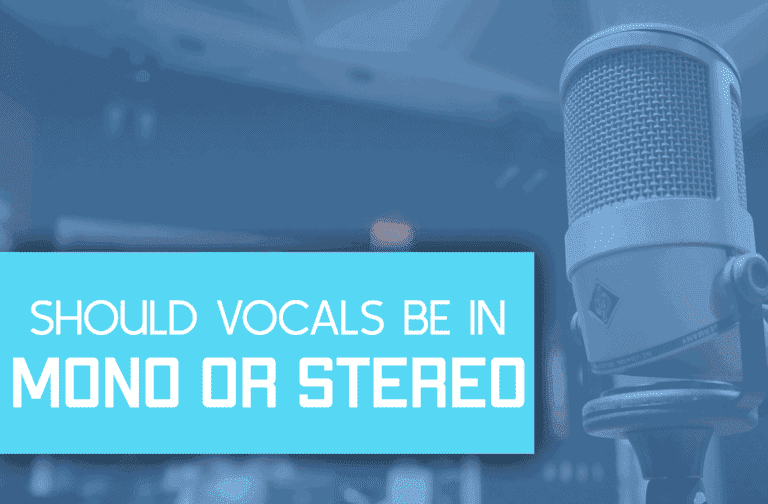The electric guitar is one of the most versatile instruments and can be used across all musical styles.
In History.com’s post on the history of electric guitars, the instrument was first patented in 1937, and became essential to the sound of country and blues, eventually becoming a staple in rock n’ roll.
The iconic sound of the electric guitar across genres has made it the perfect instrument for mixing. However, there needs to be some familiarity with the instrument in order to mix correctly.
Adorama’s catalog of electric guitars shows how different models have solid, semi-hollow, and hollow-bodies. Guitars with hollow bodies like the Gretsch Electromatic G5420T create a nice mellow tone for more quiet playing.
Meanwhile, F-holes and hollowed resonance chambers are features of semi-hollow body guitars, such as the Squier Paranormal Cabronita Telecaster Thinline Electric Guitar, which still has a solid wood center in line with the neck that lessens feedback.
Solid-body guitars like the Fender Player Stratocaster are the most common type of electric guitar and the least prone to feedback; they have lighter strings so you can play faster and crank the volume high.
Knowing your guitar’s body and sound can help you utilize it better in your mixing. If you are looking to mix your electric guitar into your tracks, here are a few tips to keep in mind:
Tip #1: Don’t Solo The Tracks
It’s best to avoid mixing the guitar on its own. The guitar will sound impressive, but when played with the rest of the instruments the mix can easily sound incohesive.
Remember that people who will listen to the finished product aren’t going to hear these sounds individually.
Rather than solo the track to make the guitar sound good on its own, it has to enhance the overall sound of the mix and jive well with the other instruments. It is also important to make sure you use the right EQ.
As the electric guitar also has a lot of bass frequencies, this can make the mix seem less clear. The optimum EQ for an electric guitar is 160Hz to 300Hz, as this will create a lot of body for the sound.
Apply compression and EQ so that it doesn’t make the guitar stand out too much or fade into the background.
Tip #2: Layer Your Tracks
If you want a fuller sound from your guitar, you can layer tracks to achieve that desired sound. If you want the sound to stay closer to the background, keep it at a moderate level.
If you have more than one guitar, try playing the song on a different one to experiment with changes in sound.
Many top musicians have managed to create a different sound playing the same tune with a different model.
A famous example of this was Paul McCartney’s iconic bass guitar sound, which became much rounder when he invested in a Rickenbacker 4001S and used it instead of his usual Hofner.
By playing various instruments, you’ll be able to hear minor changes that bring your work closer to the desired output.
Tip #3: Keep The Tone Balanced
An electric guitar can easily dominate a mix, so you must ensure its tone and impulse response are suited to the song and do not overshadow other instruments.
Amplifiers impact a guitar’s sound, so finding the right one and adjusting it correctly is key to getting it on point.
One way to fix the tone is to manage its gain and presence. Gain is the input level to your amplifier’s preamp section. You can turn it up higher for a dirtier tone or keep it low for a cleaner one.
The presence on an amplifier controls the upper-mid and treble frequencies. These make your tone sound livelier or more “present,” hence the name. Both work in tandem, so if you want to increase the gain, you’ll need to do the same with presence.
To keep your guitar sound balanced, these two things should be at the right level so they aren’t too harsh or dull.
Tip #4: Know What To Boost And What To Cut
If you’re looking for a cohesive sound to your mix, you’ll need to know which parts to boost and which to cut.
In our post How to Edit a Guitar Recording, we advised muting extra noise that could clutter your mix or arrangements, like mic bleed, amp noise, and other cracks and hisses.
Besides these usual sounds, you can cut the guitar’s lows and highs, making room for vocals, drums, and bass. For boosting, go with the guitar’s upper mids — its ideal frequency range.
Make sure you cut before you boost so you have more control over what’s left of your recording and can toggle the sound without worrying too much about everything else.







